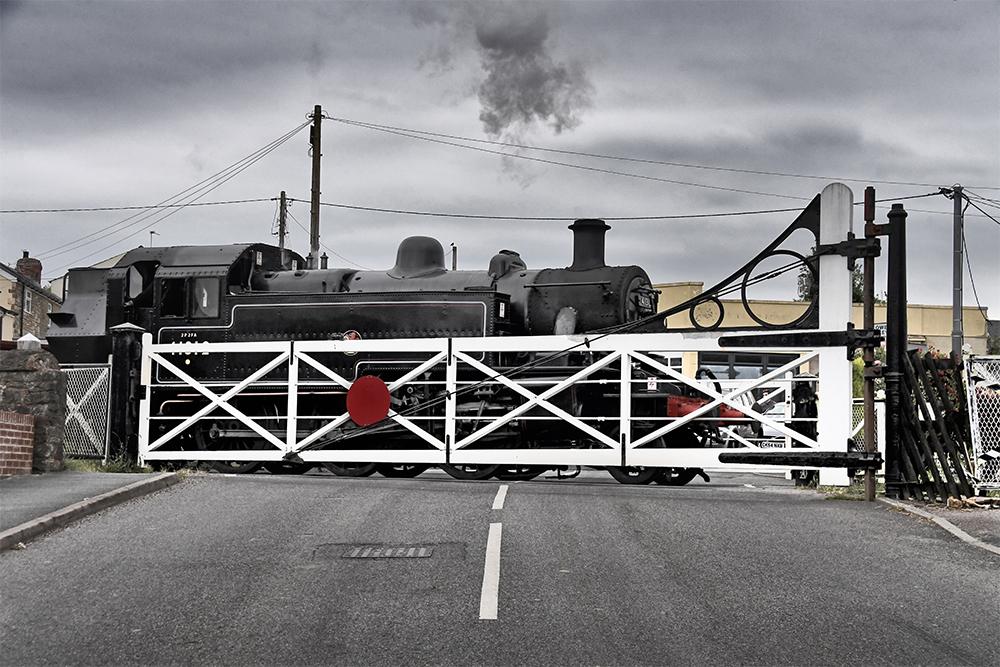
The non-mainline heritage rail sector has taken steps to improve how it manages safety across its railways and has been praised by the Office of Rail and Road for how it has managed the reopening of its railways since the coronavirus pandemic.
The rail regulator says it supports the action the Heritage Railway Association (HRA) is taking in developing a strategic approach to increasing its capabilities. There has been significant improvements in its leadership to the sector, most visibly by developing and promoting proportionate ways to manage safety risk.
This includes plans to develop a Heritage Safety and Standards Board aimed at increasing cross sector cooperation, sharing safety related information, and delivering an important role in developing, reviewing and promoting proportionate ways to manage safety risk.
Heritage railway companies and ORR have worked well together during the coronavirus pandemic, with the regulator providing advice and guidance. This, along with the sector stepping up its health and safety work has helped to re-open the railways safely.
However, the sector has areas to improve. Although the quality of safety management systems is improving, significant gaps remain in capability to demonstrate how risk is controlled. Consequently, lack of incidents in the past at those railways is not necessarily a reliable indicator of how well risk is managed, or what may occur in the future.
The ORR has intervened where it has discovered it was necessary to address such issues and evidence from ORR inspections and investigations indicate that the capability and maturity of the heritage sector is varied; some are very good and others require work.
To help improve, the ORR engaged with the sector in delivering six Risk Management Maturity Model (RM3) and safety update workshops across Great Britain to provide practical guidance in how to use RM3 in a heritage environment to improve safety management capability. There was a high level of engagement across all the seminars and a real enthusiasm for how RM3 could help the sector enhance their own capabilities to asses and improve SMS implementation.
HM Chief Inspector of Railways Ian Prosser CBE said:
Notes to editors Collapse accordion Open accordion
- The ORR requires all operators to have a safety management system that is proportionate to the risk they are managing.
- The findings are included in the rail regulator’s Annual Report on Health and Safety Performance on Britain’s Railways over the last year. The report was published in July.
- Recognising the important role that both paid staff and volunteers play at all levels in securing safety within heritage railways, ORR continues to take specific action to help the sector maintain and improve its management of risk. During 2019/20 we have:
- Delivered six RM3 + safety update workshops across Great Britain to provide practical guidance in how to use RM3 in a heritage environment to improve safety management capability;
- Developed specific targeted RM3 guidance tailored to the heritage railway environment;
- Supported HRA’s competence sub group in developing a refreshed approach to competence management;
- Attended and presented at a variety of HRA and local railway safety events and safety / technical meetings;
- Engaged with HRA’s Operating and Safety Committee; and providing input into its core operating principles and guidance development activities;
- Provided sector specific guidance on managing risks associated with the coronavirus pandemic.

